Media Exhibit
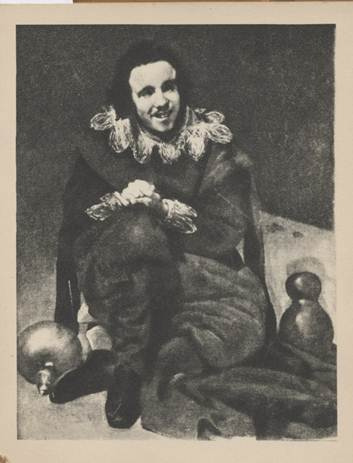
Masterpieces
People with disabilities have been the subject of paintings, like these two by Diego Velasquez (1599-1660),The Dwarf DeMorra (above) and The Idiot of Coria
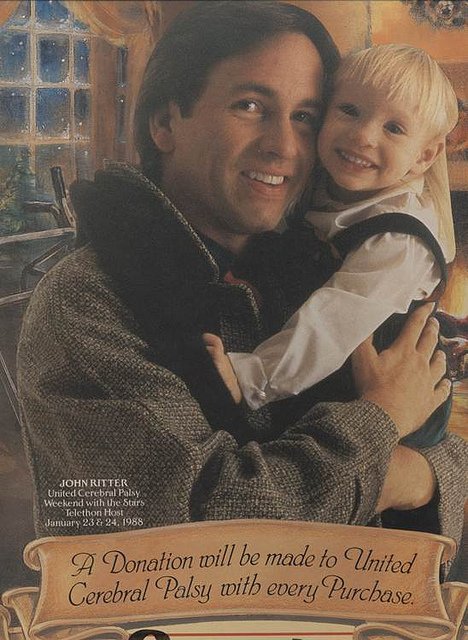
Movies, Music and Media Darlings
The media has played a role in shaping the perception of people with disabling conditions throughout time. Media images of people with disabilities have been used a metaphor for the human condition throughout history. Sometimes the disability is the focus in an attempt to sway the viewer to a certain opinion, positive or negative. Sometimes the portrayal is in conjunction with a celebrity to emphasize society's efforts to raise the downtrodden helpless individual up to a point where he or she can function, raise funds for research to eliminate that particular condition, or marvel at the unique talents possessed by a "savant" with a singular brilliance. Most often, the individual with a disability is used to allow society to reflect on itself, its own good deeds, its own worth, its own safety.
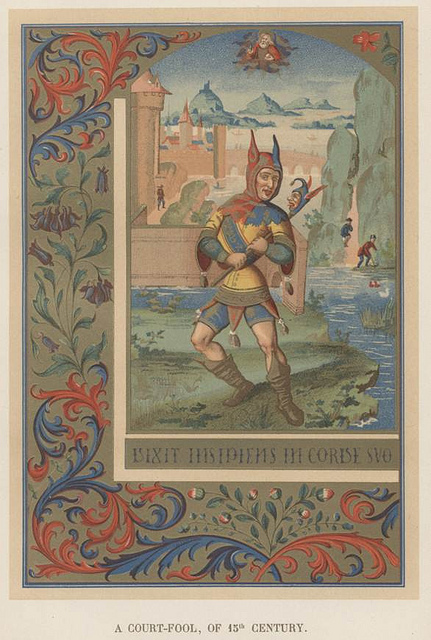
Entertainment or enlightenment
Images of individuals with disabilities have long been part of whatever media reached the masses
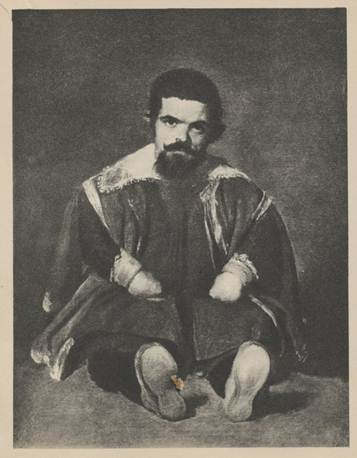
Masterpieces
People with disabilities have been the subject of paintings, like these two by Diego Velasquez (1599-1660),The Dwarf DeMorra (above) and The Idiot of Coria
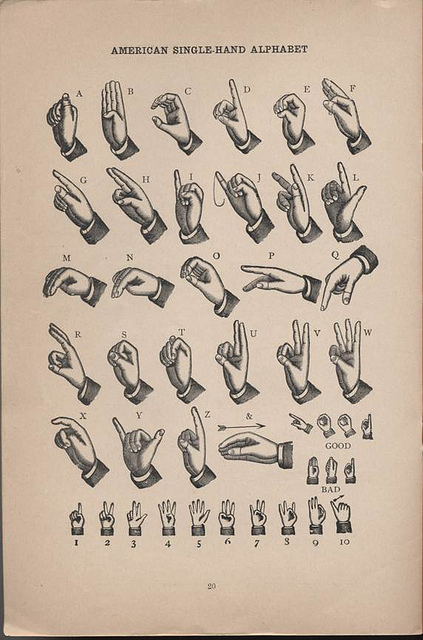
Education Sensations
By learning to communicate a few individuals highlighted the efforts of early American Educators
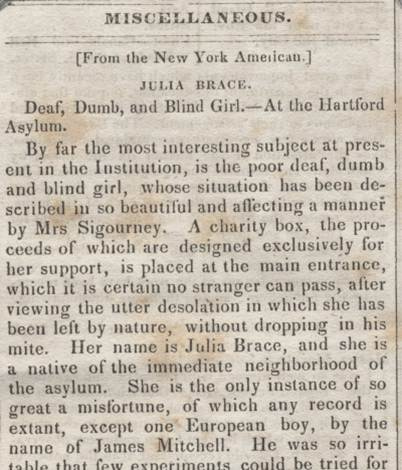
Deaf Dumb and Blind
Julia Brace (1807-1884) an inmate at the Hartford Asylum for the Deaf and Dumb was the subject of great curiosity, and she brought visitors and benefactors to the asylum
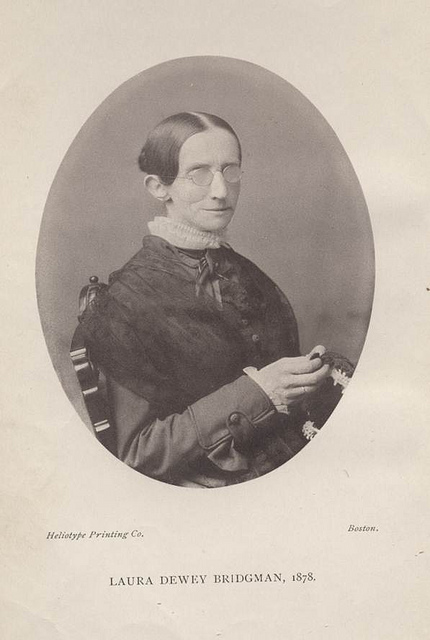
Deaf Dumb and Blind
Laura Bridgman (1829-1889) was the next wonder of education, she studied under Samuel Gridley Howe at the Perkins School for the Blind in Boston
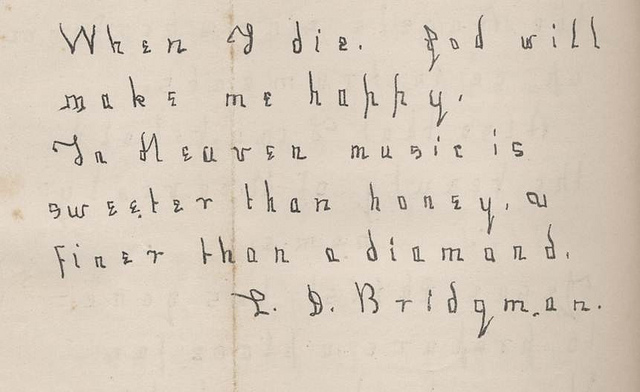
Deaf Dumb and Blind
Laura learned to read and write and her early life was described by Charles Dickens in a chapter of his book "American Notes" (1842). Dickens' book would influence the mother of another young deaf blind girl
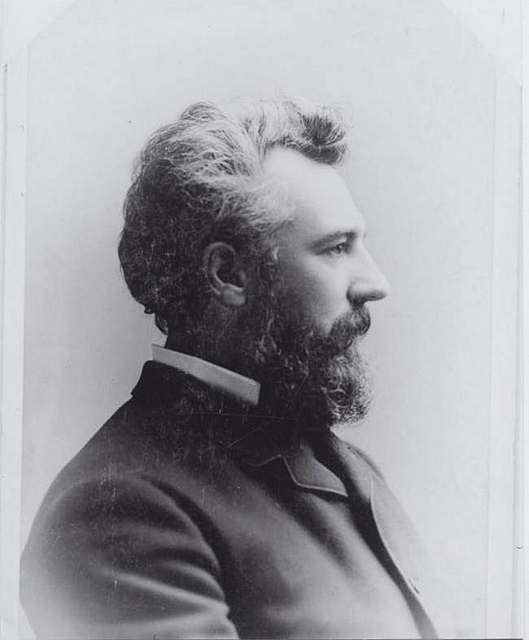
Helen Keller
Alexander Graham Bell, an advocate for the instruction of deaf children advised the Keller's to ask the Perkins institute about obtaining a teacher for Helen. They recommended Anne Sullivan (1866-1936)
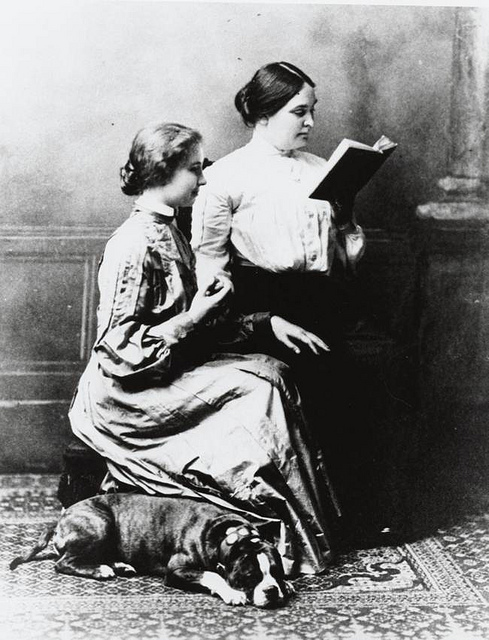
Helen Keller and Anne Sullivan
Helen Keller (1880-1968) lost her sight and hearing at 19 months old. She was the next and most famous deaf-blind pupil to engage the public. She studied under Anne Sullivan who was also a graduate of Perkins.
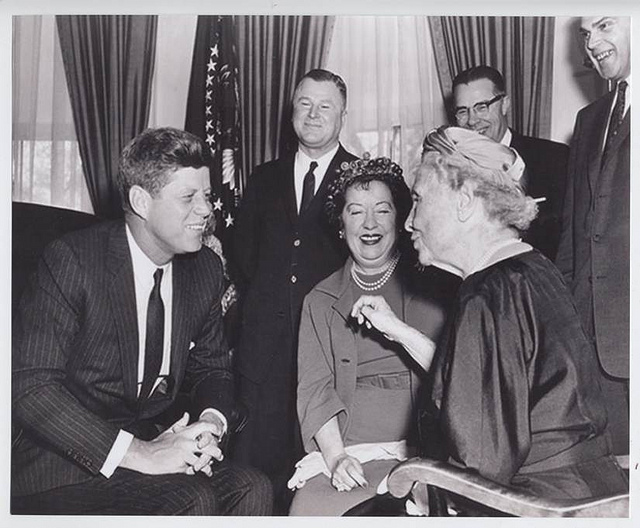
Helen Keller (1880-1968)
Helen and Anne went on lecture tours before enthusiastic crowds. Her life story would become the basis for books, plays and the movie "The Miracle Worker." Helen is seen here with JFK in 1961.
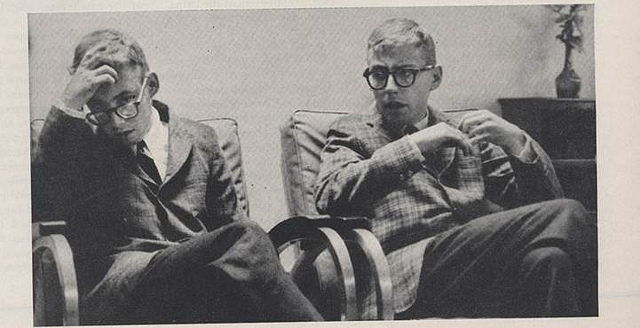
Savants-Islands of Genius
\"Idiot Savants" an antiquated term meaning unlearned (idiot) skill (savant). Savants can demonstrate skills in the areas of mathematical calculations, memory feats, artistic abilities, musical abilities or combinations of all of these
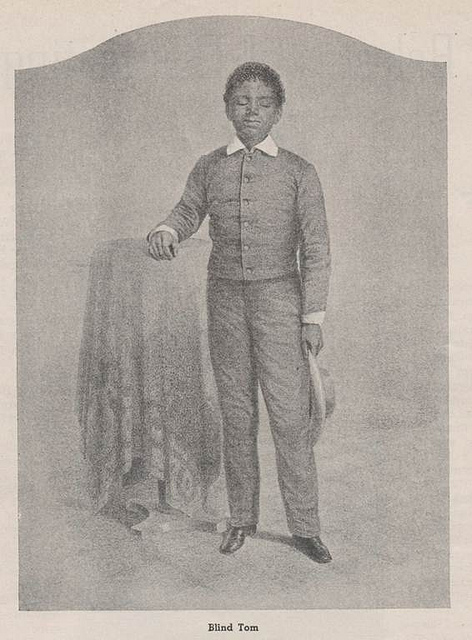
“Blind Tom” (1849-1908)
\"Blind Tom" was a musical savant. In 1850 Tom and his mother Charity Wiggins were purchased at auction by General James N. Bethune. At the General's home Tom gravitated towards music and mimicking sounds that he would hear
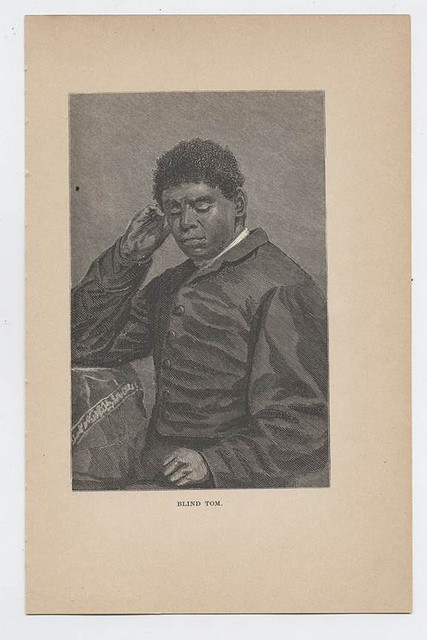
Blind Tom
Tom was able to play piano pieces he had heard the General's daughters play. He could reproduce this music note for note after hearing them just once. At age 8 Tom would give his first concert in Columbus, Georgia. Word of this "blind genius" spread. Tom and the General went on tour, amazing audiences with his musical skills
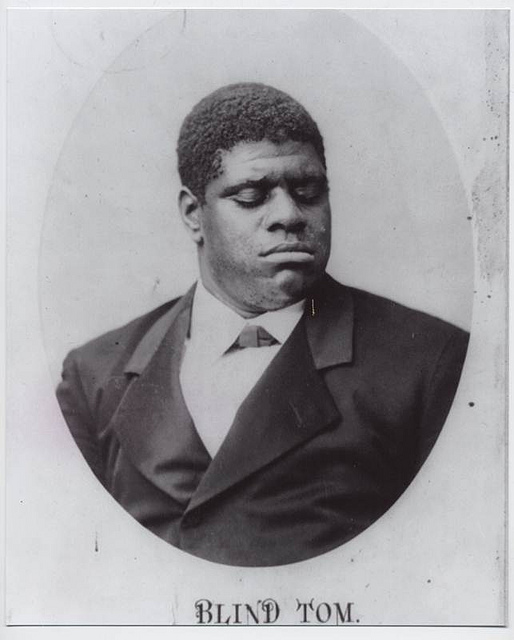
Blind Tom
Tom also composed his own works, the first at age five, titled "The Rain Storm." He went on to learn thousands of compositions He toured Europe in 1886 and his fame became known world wide. Tom went into semi-retirement in the 1880's playing his last concerts in 1904.
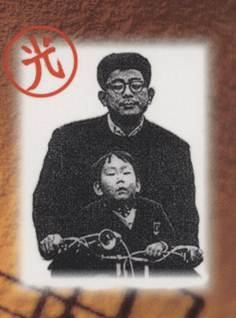
Hikari Oe Musical Savant
Born in 1963 with a herniated brain, Hikiri required surgery. Doctors advised his parents against surgery, and to allow the child to expire. He survived the surgery but had Epilepsy, developmental disabilities, visual impairment and limited physical coordination. In 1994 Hikiri would win Japan's top musical prize for Classical Japanese Music
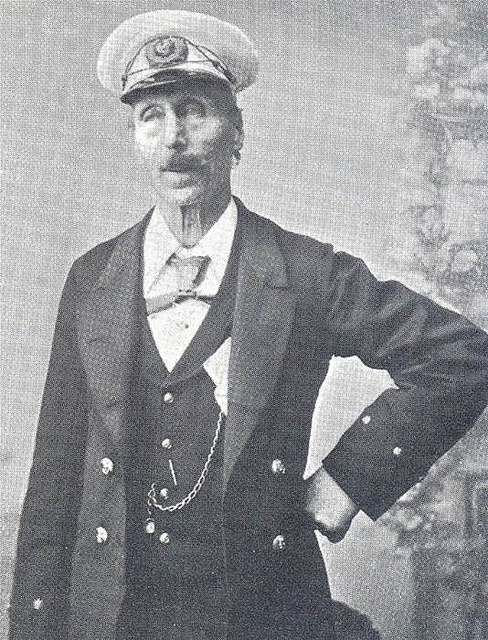
James Henry Pullen (1835 -1916)
James Henry Pullen, celebrated as the "Genius of Earlswood" was one of, if not the best, model shipbuilder's of the nineteenth century, Dr John Langdon Down considered Pullen an "Idiot Savant."
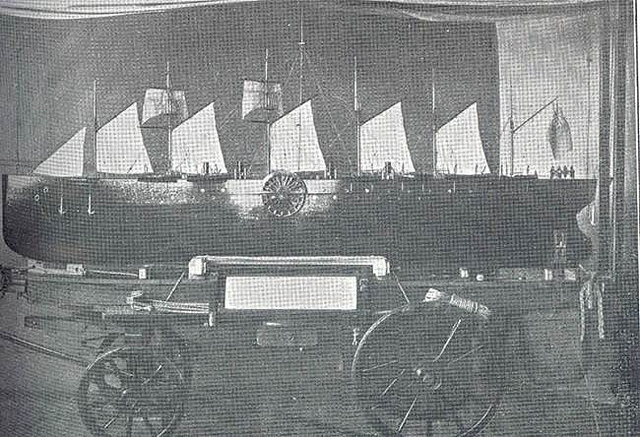
Extreme Engineering
His greatest work was shown in 1883 and named the Great Eastern. This was a model steamship that took him over three years to complete and was done to the smallest detail. He used about a million and a quarter pins to connect the planks of the ship and it contained 5,585 copper rivets.
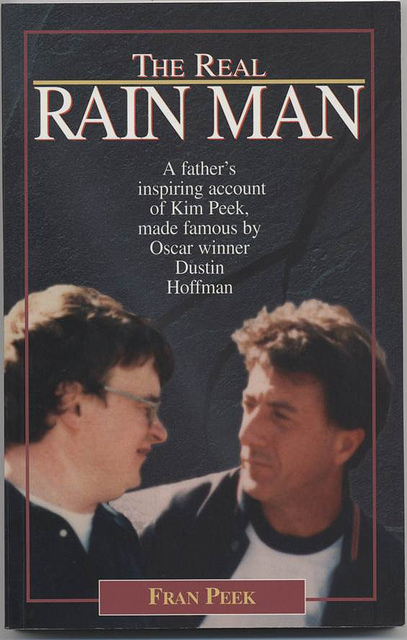
Mega-Savant
Kim Peek (b.1951) was the principal inspiration for the 1988 Oscar winning Movie "Rain Man." Kim was born missing his corpus callosom, the connective tissue between the right and left hemispheres of the brain along with other brain malformations. However as a very young child he was able to memorize every book his parents read to him.
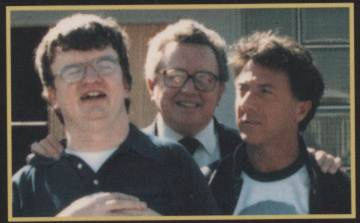
Kim Peek
Kim's photographic memory now includes information on world history, geography, sports statistics, dates, calendars, mathematical computations, musical compositions, and other subject matter that make up his areas of expertise.
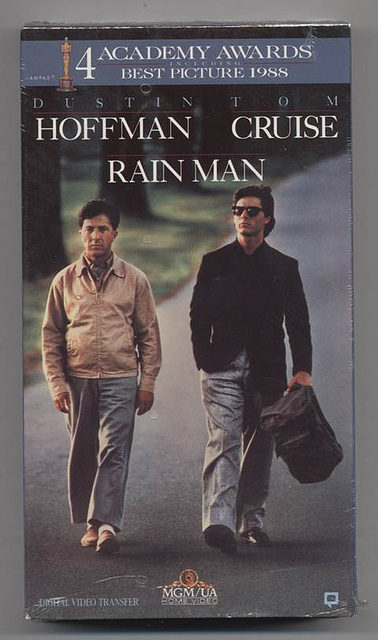
The Real Rain Man
The success of the "Rain Man" brought Kim into the spotlight , he would go on tours showcasing his incredible skills. In 2004 Kim was the subject of MRI and CT scans of this brain by NASA to see how his brain functions.
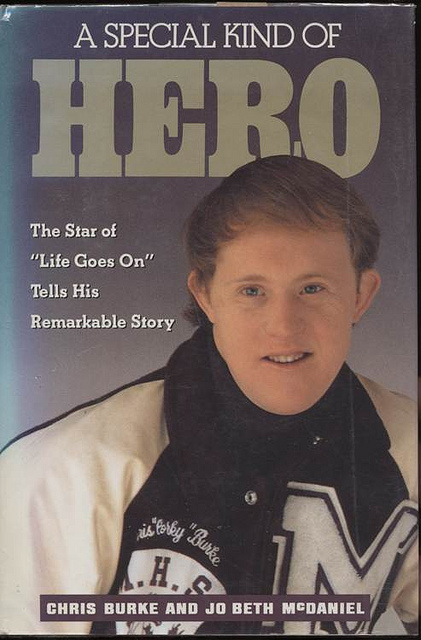
“Life Goes On” 1989-1993
Christopher Burke (b.1965) as "Corky" Thatcher on the ABC series helped to introduce America to a character with a disability in a starring role. The show also helped to educate the nation about "mainstreaming" or "inclusion" in education. Burke also had a reoccurring role on "Touched By an Angel"
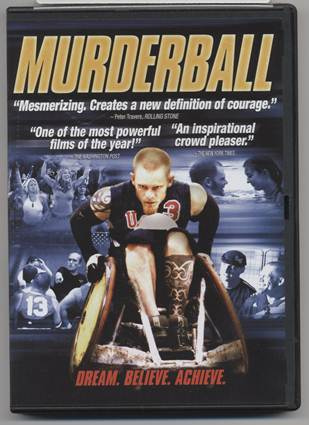
Murderball
Murderball documentary.
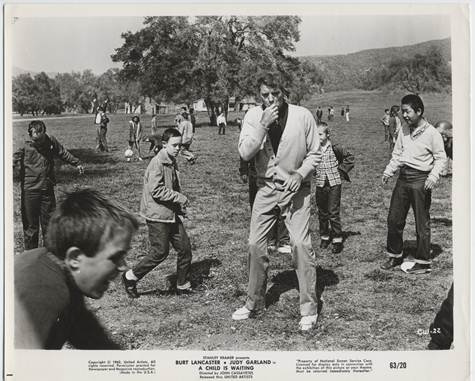
disABILITY in the Movies
Many motion pictures have been made that have disability themes or actors with disabling conditions
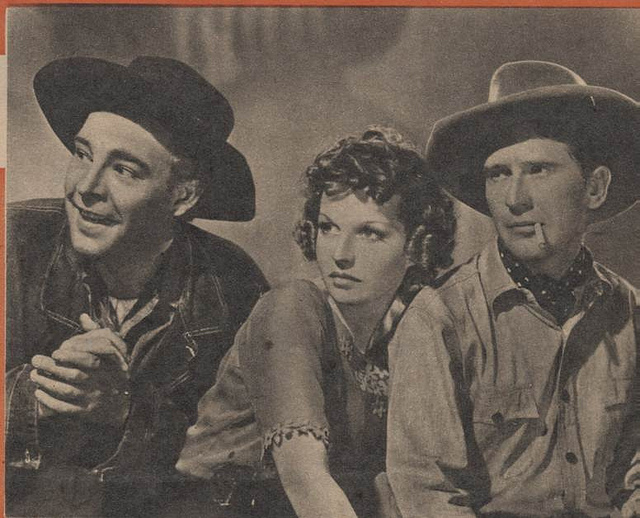
Of Mice And Men 1939
Based on the novella by John Steinbeck this movie stars Burgess Meredith as George, and Lon Chaney as Lennie. Lennie is a large and powerful man, "with the mind of a child."
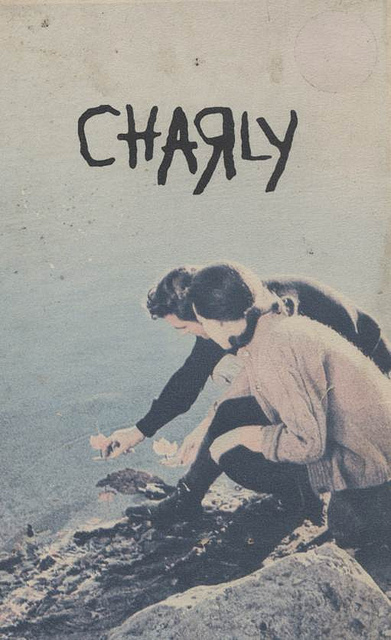
Charly 1968
A medical experiment increases a man's intelligence, but not his level of maturity. The movie is based on the novel "Flowers for Algernon" by Daniel Keyes. Cliff Robertson won an Academy Award for Best Actor for his portrayal of Charly Gordon: "I was wondering why the people who would never dream of laughing at a blind or a crippled man would laugh at a moron?"
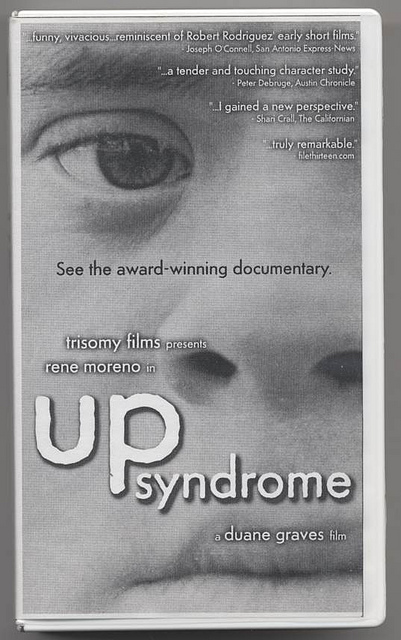
Documentary
\"Up syndrome" (2000) presented an unsentimental look at the life of a young man who has Down syndrome and won awards for Best Editing and Best Documentary in 2001 at the Williamsburg Brooklyn Film Festival
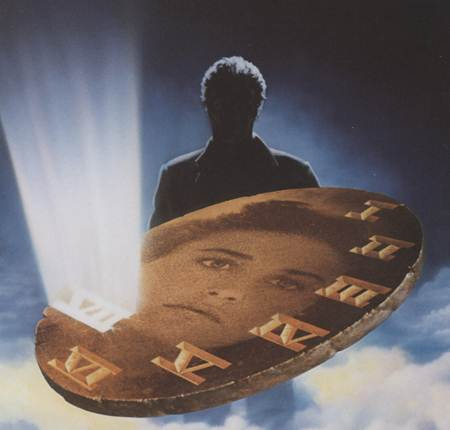
John Taylor
Featured in "The Seventh Sign" (1988 ) and "The Ringer" (2005) John is one of a growing number of actors who happen to have Down syndrome .

John Taylor
Featured in "The Seventh Sign" (1988 ) and "The Ringer" (2005) John is one of a growing number of actors who happen to have Down syndrome

